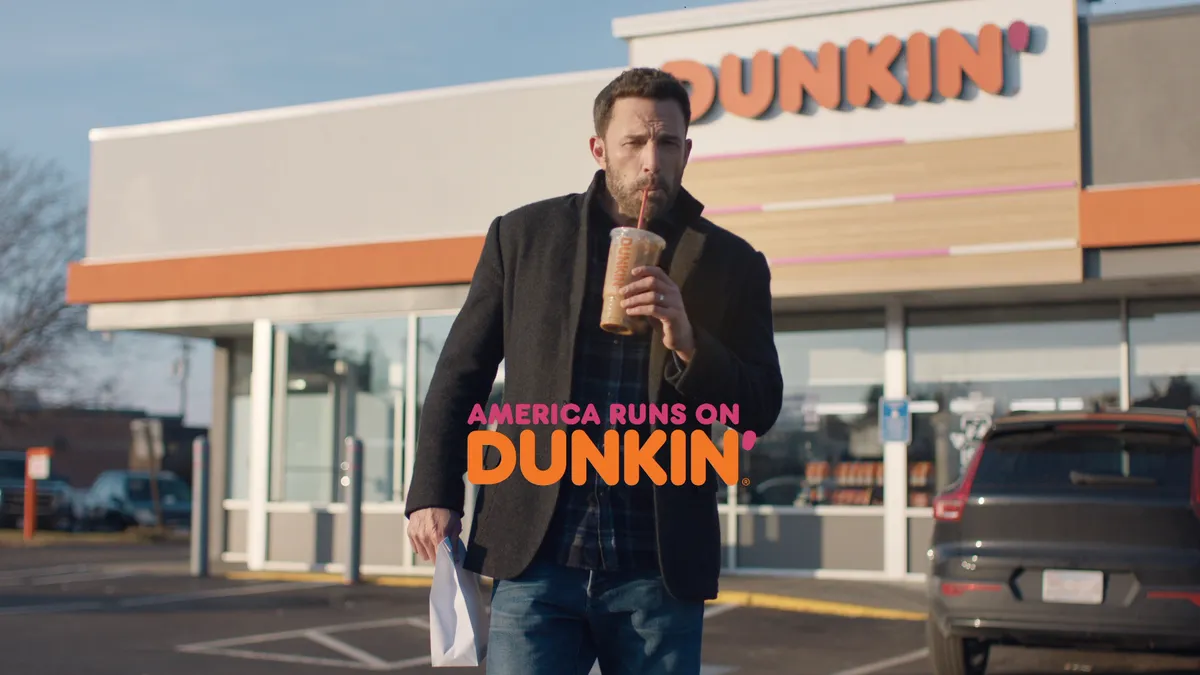Ad spending appears to be approaching some kind of normalcy with the digital boom of the pandemic tapering off and other channels reaching maturity. Yet, for brands, the moment in many ways feels as fraught as any period over the past three years, with splashy creative plays a rarity so far in 2023.
A sense of dullness means that a few big swings — in early applications of generative artificial intelligence (AI) or an over-the-top rebrand — felt more impactful over the past six months. But looking ahead to the second half, a posture of prudence is poised to endure as resources remain strapped and concerns over a divisive landscape lead to risk aversion.
Some CMOs are eyeing earned media as a cheaper, more efficient way to stay on the ball with fast-moving cultural discussions. The approach can pay dividends when timed well but also be deflating when a strategy meant to drive chatter fizzles or confuses. The right pick of celebrity ambassadors also continues to resonate with consumers. Look no further than soaring demand for names like Pete Davidson or Martha Stewart, the latter of whom helped animate campaigns from brands as varied as Tito’s, BIC and Oreo in the opening leg of the year.
Leveraging a famous face is a tried-and-true marketing tactic. Risk-taking, on the other hand, seems in short supply. Purposeful messages that once scored easy accolades and promised to make brand marketing a meaningful driver of societal change have become flashpoints for controversy due to the culture wars. Rather than weather the storm, many marketers have pumped the brakes to avoid becoming a political scapegoat in the vein of Bud Light.
Looming in the background, the rise of generative AI is poised to transform marketing, from the fundamentals of search to creative work. The technology has inspired awe and fear, along with some noteworthy advertising.
Marketing Dive here has assembled a list of noteworthy campaigns and branding plays from H1 2023. It is a thinner grouping than usual, reflecting an industry at a point of deep uncertainty, but exemplifies how a few companies are seizing the moment to reinvent themselves and engage beleaguered consumers who are seeking something fresh.
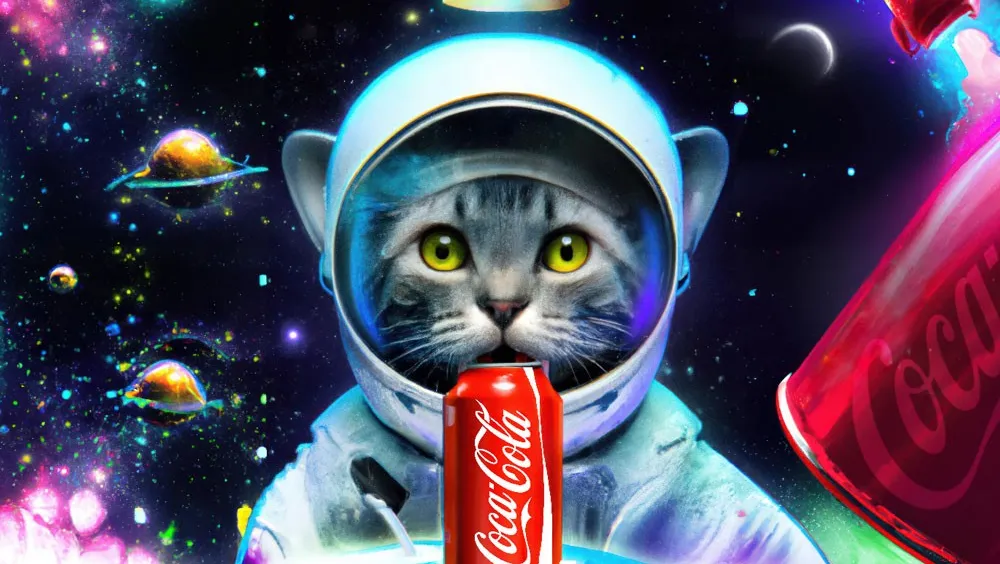
Coke hands consumers the creative keys with generative AI
While other advertisers were earlier to adopt generative AI, Coke stood out as one of the first to make smart, democratic use of the technology through its “Create Real Magic” platform.
In March, the soft drink giant moved quickly to take advantage of an alliance between OpenAI and Bain & Company that tests the waters of AI-driven creativity. Not long after, Coke opened a website where artists could use OpenAI’s GPT-4 and DALL-E tools to make new ads based on a rich library of iconic branded assets, instructions included. Users could submit their work for the chance to be featured on marquee digital out-of-home placements in New York City and London.
Part of Coke’s larger “Real Magic” platform, the campaign also featured an academy program that invited 30 creators to collaborate at the company’s headquarters in Atlanta, Georgia, on ideas that could be used in areas like licensed merchandising and digital collectibles. As AI stokes heated debates about potentially stealing work away from flesh-and-blood creatives, Coke kept the focus simple and handed the keys to actual artists and consumers to bring its ideas to life.
“This execution really was a great fit for Coke’s ‘Real Magic’ campaign,” said Kai Tier, vice president and executive creative technology director at agency R/GA, over email. “There’s a quote from Arthur C. Clarke that ‘any sufficiently advanced technology is indistinguishable from magic’ — and I think the first time people interact with the latest generative AI technologies, many do have that moment of wondering how what they’re seeing is possible.”
The approach helped position Coke on the leading edge and supported a digital strategy that has grown sales and favor with key groups like Gen Z. Coke recently landed as a top 10 most-valued global brand as tracked by Kantar’s BrandZ rankings, the first time it has stood at the front of the pack in seven years.
Dunkin’s stars align around Ben Affleck
Some standout marketing taps into a concept that is surprising or fresh. Other times, it realizes an idea that feels like a long time coming. Ben Affleck has never been shy about his love of Dunkin’ iced coffee, a habit that has been captured in candid — and occasionally unflattering — paparazzi photos and memes. But it wasn’t until this year’s Super Bowl that the chain made the relationship official through a tongue-in-cheek ad playing up the A-lister’s self-deprecating qualities. The campaign marked the Inspire Brands-owned company’s big game debut.
In the spot, which was developed with Anomaly and Affleck’s Artists Equity production studio, the actor-director mans a busy drive-thru lane at a Massachusetts-area Dunkin’ establishment. There, he’s greeted by customer reactions of delight and occasional befuddlement, before finally being confronted by his wife, Jennifer Lopez.
During a big game overcrowded with lazy celebrity cameos, the commercial hit home with humor, landing near the top of USA Today’s Ad Meter. Dunkin’ later extended the Affleck narrative with a follow-up ad promoting its Dunkin’ Run offer and referencing his long-running work with fellow Bostonian Matt Damon. The second commercial began as a lighthearted outtake from the original Super Bowl shoot, but quickly evolved into a concrete idea with assists from Affleck and Artists Equity.
“Dunkin’s 2023 Super Bowl commercial featuring Ben Affleck exemplifies the best lessons for marketers on the effective use of celebrities in advertising that is both popular and effective in driving behavior change,” said Mark DiMassimo, founder and creative chief of DiGo, over email. “Relatable, authentic, and fun. Most uses of celebrities aren’t any of these things. [They] focus on the celebrity or name recognition, try to invent myths that aren’t true or simply try to trade on a name or face recognition. Dunkin’ shows the way.”
Beyond performing well on advertising’s biggest stage, “Drive-Thru” was emblematic of how Dunkin’ is turning a page with its marketing strategy in a holistic sense, honing in on more ambitious brand building, CMO Jill McVicar Nelson told Marketing Dive.
“In today’s culture, I think that willingness to break the fourth wall and be real goes a long way,” said Nelson over email.
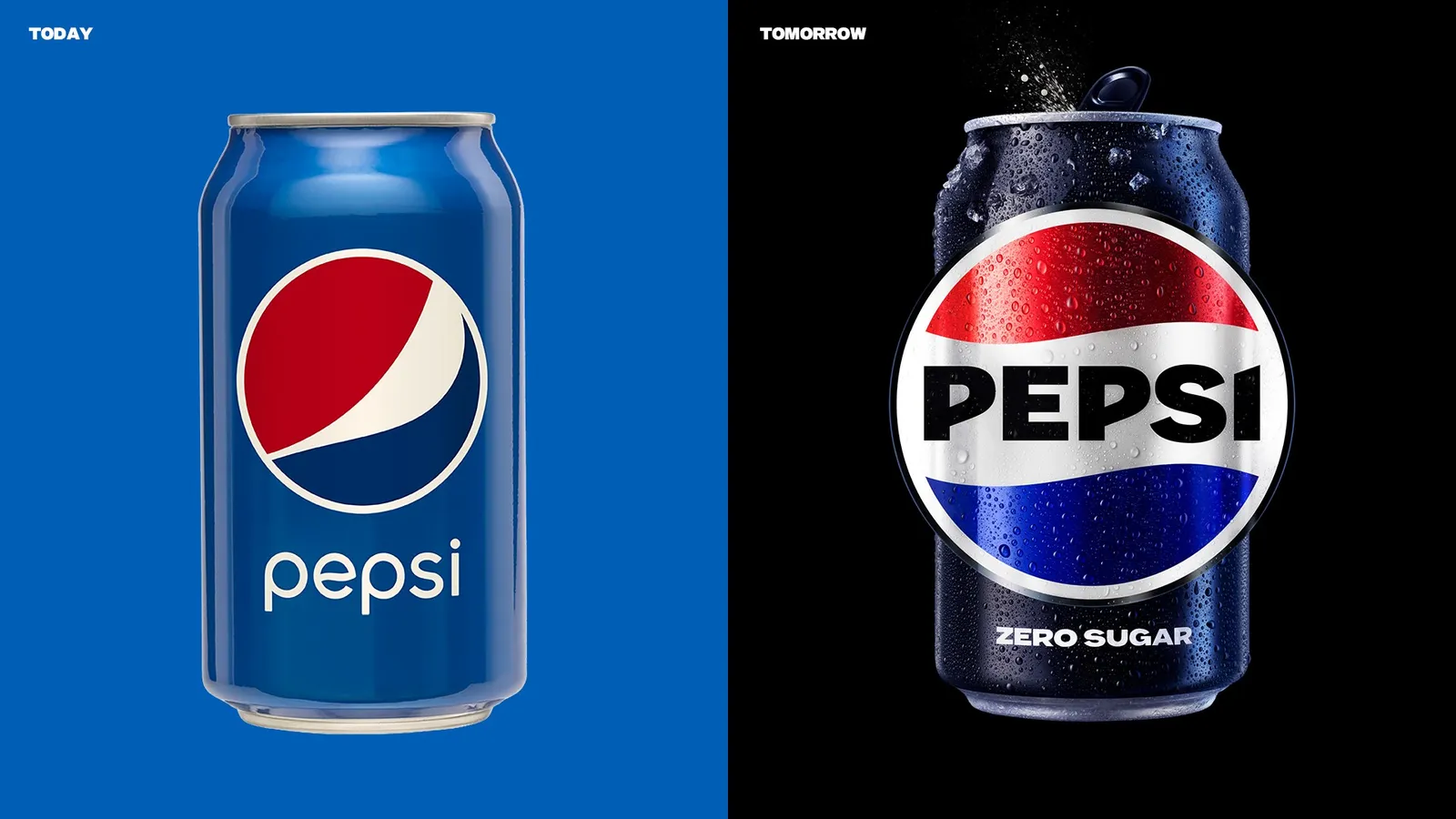
Pepsi ushers in new era with vibrant visual overhaul
Marketers are at an “inflection point,” per recent GroupM research, with COVID habits waning but consumer tastes remaining in flux. The post-pandemic transition has inspired myriad brand refreshes and repositionings in 2023, but none as striking or expansive as Pepsi’s, which touches across channels from packaging to trucking fleets and coolers.
For the overhaul, detailed ahead of its implementation for the soda marketer’s 125th anniversary in the fall, Pepsi ditched the minimalism and simple color palettes that defined a decade when Facebook’s Alegria style became ubiquitous. With Y2K aesthetics back in vogue, the brand embraced maximalism in electric blues and sharper blacks, complemented by a bolder custom typeface and wordmark logo. Variants like Pepsi Zero Sugar Wild Cherry and Mango are redesigned to come in decorative, fruit-laden packaging, while the Pepsi brand broadly is rolling out a “pulse” motif to communicate energy and tie back to its music history.
“It's stark and clear, it harkens just enough to heritage without being regressive, and does not lack for dumb-simple clarity — and isn’t dumb-simple what makes good mass marketing?” said Aki Spicer, chief strategy officer at cultural agency Cashmere.
The shakeup recognizes Pepsi Zero Sugar as a master brand, with the better-for-you option now dominating key sponsorships like the NFL. It is also meant to accommodate the demands of an increasingly phygital landscape and emergent opportunities in areas like Web3.
As Pepsi prepares to introduce consumers to the makeover, it has continued to pump out eye-catching marketing, including a sweltering summer campaign starring global music star Bad Bunny. Kantar’s BrandZ recently said that the PepsiCo soda has come to be defined by “great advertising,” growing its value 17% this year to $18.8 billion and landing among the top 100 most-valued brands globally.
“With the unveiling of our new visual identity there has been a renewed excitement about the brand — this new look was a labor of love, several years in the making, and researching and proper consumer testing was an essential part of our overall process,” said Todd Kaplan, Pepsi’s CMO, over email. “We know consumers love the new logo, as we have conducted extensive consumer research and continued to receive great responses, with fans applauding the attractive color palette, distinctiveness and overall modern look.”
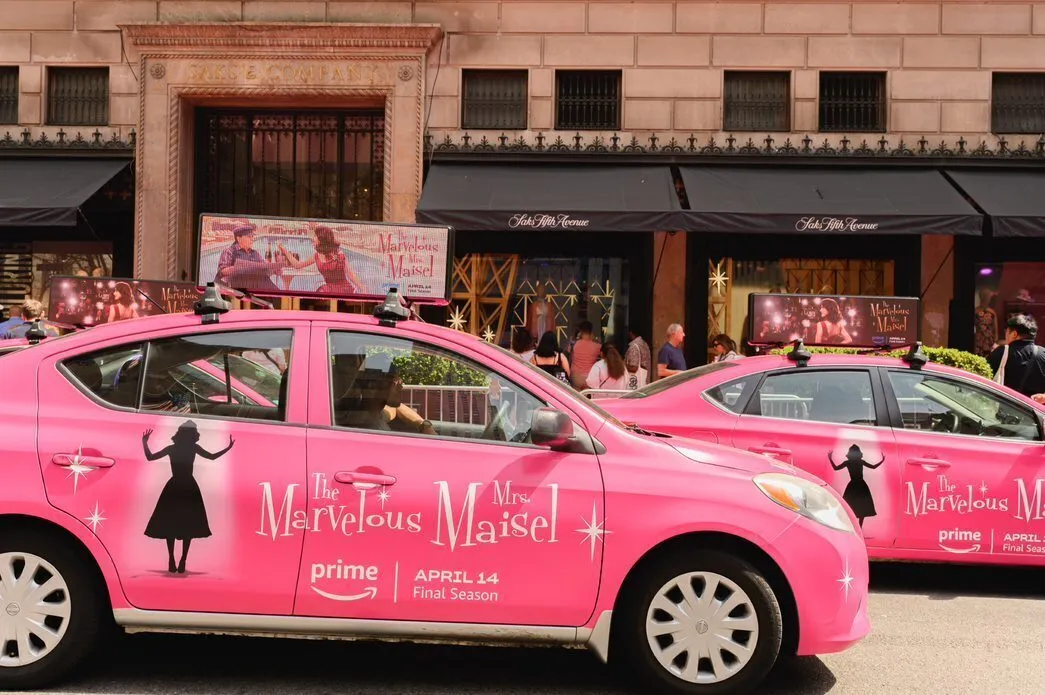
Amazon’s ‘Marvelous Mile’ dominates Fifth Avenue
During a period largely influenced by tightened advertiser budgets, few experiential activations have felt quite as wide-spanning as Amazon Prime Video’s New York City pop-up event celebrating the final season of its award-winning series “The Marvelous Mrs. Maisel.”
Appropriately titled the “Marvelous Mile,” the flashy event was hosted April 14 and touted a mile-long pink carpet stretching for 10 blocks of Fifth Avenue. The display, which tied into Prime Video’s larger “Maisel Tov” campaign, featured a handful of interactive stops harkening back to past seasons of the show along with photo opportunities and giveaways marrying themes of the series with on-brand ‘50s and ‘60s nostalgia.
Additional marketing came from tie-ups with nearby venues, notably Saks Fifth Avenue’s New York flagship store, which is where consumers could find vintage cars and taxis, black and white cookies from Manischewitz and original clothing looks from the show featured within the store’s center six windows.
In total, the event saw an estimated 750,000 attendees and toppled expectations, according to Jennifer Verdick, head of partnerships and consumer events for Amazon Prime Video. The exec noted that the successful effort was part of the company’s larger strategy to foster “stunty,” culture-driven marketing.
“You could not buy the energy that took place on the pink carpet that day,” Verdick wrote in emailed comments.
Prime Video additionally managed to transport the energy of the Marvelous Mile beyond New York with social-first activations inclusive of a hashtag challenge to the tune of “Pink Shoe Laces,” a 1959 hit that doubled as the soundtrack for eight surprise dance performances during the event. Dubbed the #PSLChallenge, the effort proved wildly popular, Verdick said, garnering over 50 million views across TikTok and Instagram.
“As a marketer, you bring elements that you think will resonate with fans and this moment — with over 50MM views — continues to deliver and surprise us in the best way possible,” Verdick said.
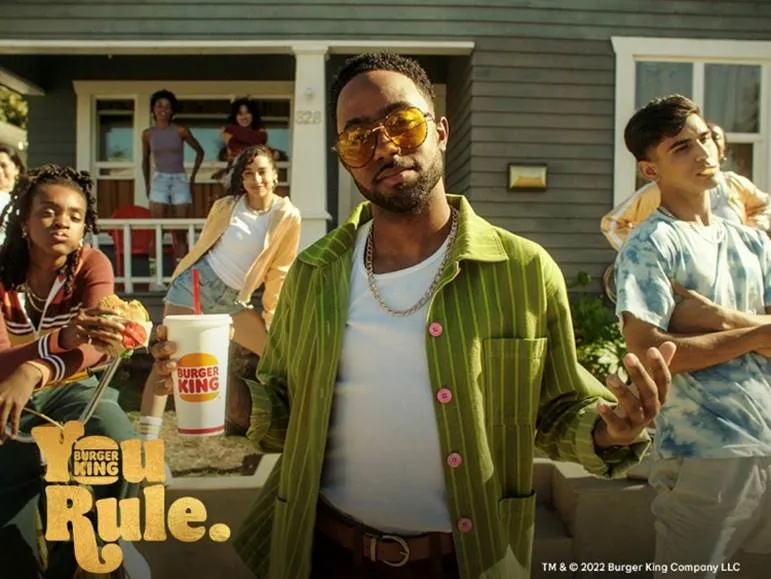
Burger King’s earworm jingle resurrects the Whopper
Original music and fresh takes on iconic songs have become a widely used marketing tool, however, Burger King in pursuit of a turnaround took it to the next level with its inescapable “Whopper Whopper” jingle, a remix of its 1970s “Have It Your Way” tune that, despite its simplicity, has become a viral sensation and sales-boosting success.
The jingle — which musically breaks down the Whopper’s components — is part of the chain’s larger “You Rule” brand positioning, which was introduced last October and made with OKRP, the chain’s creative agency-of-record for the U.S. However, its claim to fame mainly stems from the NFL season, where strategic media buys handled by agency PHD elevated Burger King to command the No. 1 share of voice in the NFL among restaurant brands.
Unavoidable for football fans, the jingle quickly achieved social media virality, spanning memes, tweets and TikTok remixes that have carried it into the present day. In hopes of continuing the trend, Burger King also acted on consumer requests to drop the tune on Spotify, adding it to the platform earlier this year. The jingle has since garnered over 5 million listens.
“The real filter for BK and our agencies became how do we focus on the people who made [the jingle] go viral in the first place,” said Zahra Nurani, vice president of marketing communications for Burger King North America, in emailed comments.
Additionally, despite the jingle’s success around football season, the chain opted to forego a Super Bowl ad, instead releasing a commercial urging consumers to share their own twist to the song on TikTok using a karaoke version. In total, 12,000 pieces of user-generated content stemmed from the effort, while the campaign garnered over 1 billion social media impressions and over 985 million views through #whopper on TikTok.
“We’re living in a sound-on world, and this is another great example of the power of music to carry a brand’s story and embed that story deeply into culture,” said Geoffrey Goldberg, co-founder and chief creative officer at Movers+Shakers, in emailed comments. “They created a simple, catchy, unmissable piece of content (in this case, a very earworm-y song!) that allowed it to catch fire and invite a conversation.”
The “You Rule” tagline and jingle both fall under Burger King’s “Reclaim the Flame'' revitalization plan, unveiled last September, that includes a $150 million investment in advertising efforts. The plan so far has shown promise, with the chain reporting double-digit same-store sales growth in the first quarter alongside surging Whopper sales. The chain in Kantar’s 2023 BrandZ rankings also saw its value increase to $7.7 billion, an 8% year-over-year increase.
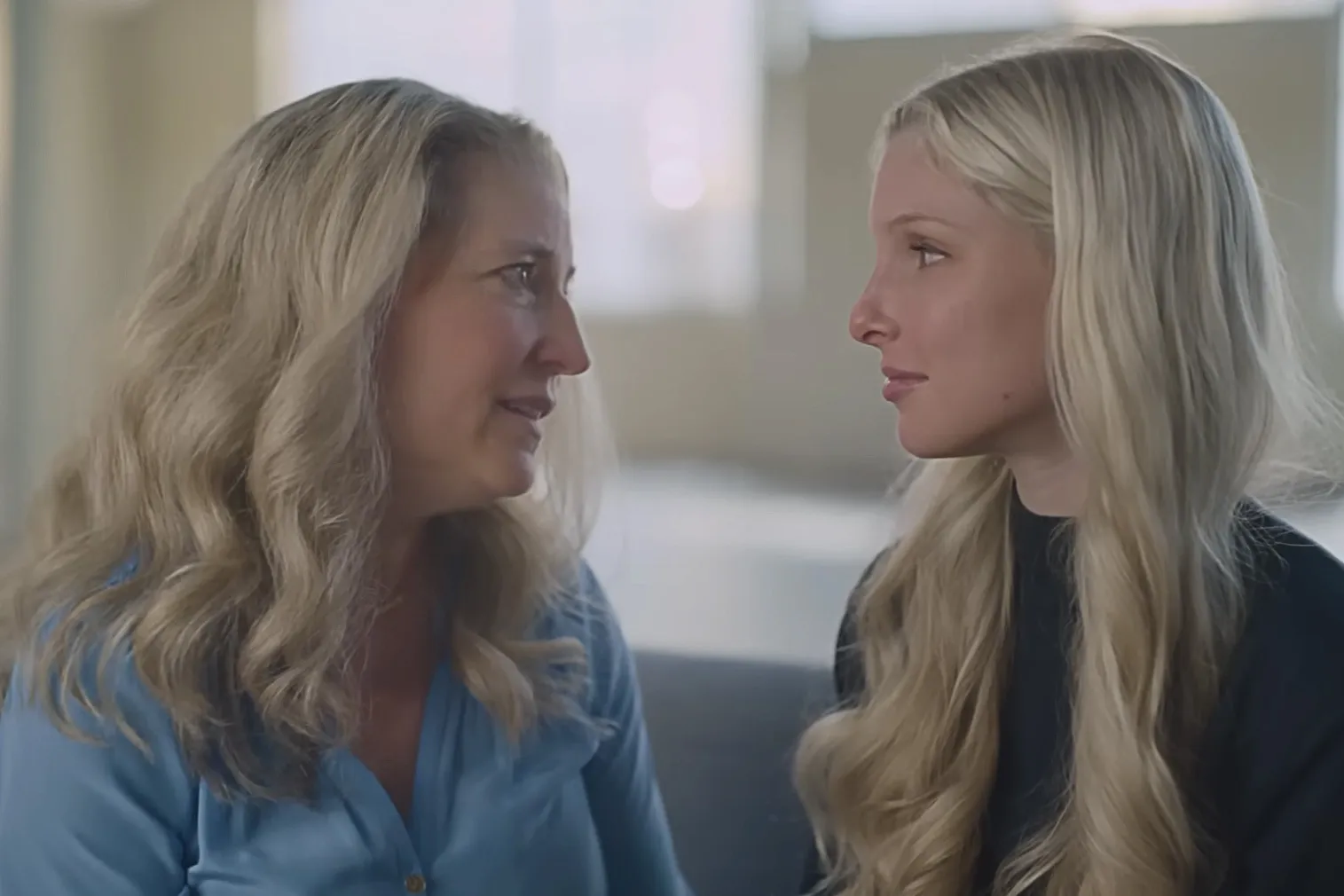
Dove rallies for safer social media legislation
While social media continues to be undeniably popular for younger audiences — and the marketers vying to reach them — the channel has simultaneously proven to be a major contributor to the ongoing youth mental health crisis. While some brands have responded by using less filters or seeking out more genuine partnerships, Dove this spring took it a step further by calling for systemic change.
Part of its long-running Self-Esteem Project, Dove on April 12 launched the Campaign For Kids Online Safety in partnership with body-positive musician Lizzo, Common Sense Media and ParentsTogether Action. The effort advocates for the 2023 Kids Online Safety Act (KOSA), which has yet to be passed, that would enact safeguards to protect kids’ online experiences and limit their exposure to toxic beauty content.
“What is special about the campaign is that Dove is a brand that does advertising, a big priority for Dove is trying to sell its products, but that doesn't mean that it can't also be involved in activism and trying to promote social awareness” said Ali Fazal, vice president of marketing for creator platform Grin. “I think it's a balance that a lot of brands are trying to strike.”
At the core of the effort is a three-minute short film, “Cost of Beauty: A Dove Film,” which tells a true story of a young woman who developed an eating disorder while being exposed to toxic beauty content on social media. The spot, set to a version of “You Are So Beautiful,” doubles down on its intentions to resonate by later including a slew of real-life survivors of mental health issues sitting alongside their parents.
Powerful campaign materials and a clear intent for action by Dove are indicative of the care marketers can offer as they strive to resonate with the younger demographic, a group known for seeking out those with similar values, Fazal added. The move also positions the brand as an example for others as the topic of mental health and social media continues to be hashed out.
“Dove has pretty consistently been a leader in driving sort of body positivity and diversity within their marketing,” Fazal said. “I can only hope that other companies will follow suit.”




